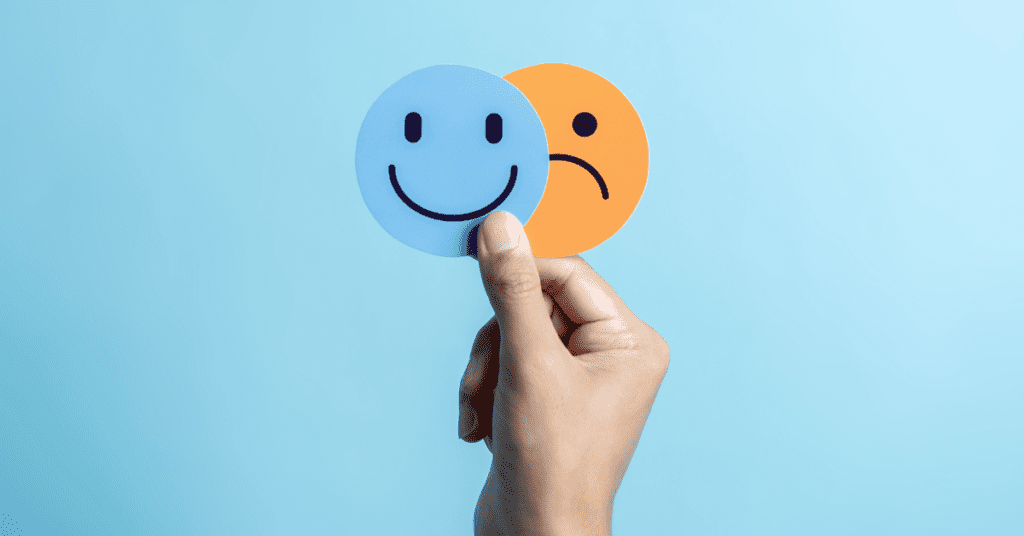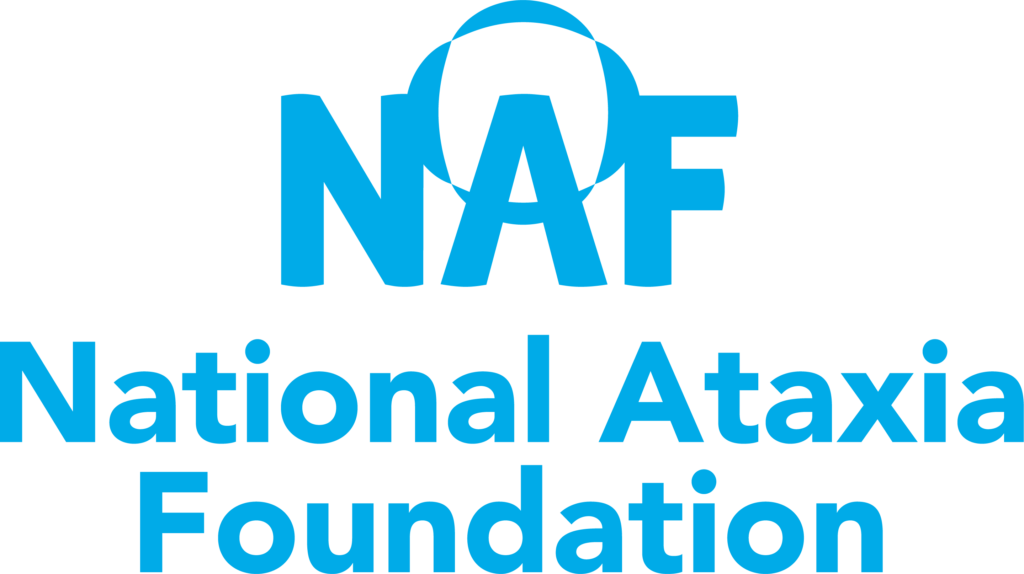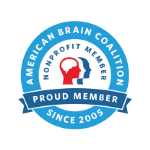
Guest Author: Ellie Martin
We all have days where we just don’t feel like ourselves and any task can seem overwhelming or impossible to achieve.
Mental health holds significance for overall well-being and quality of life. Navigating the challenges of life with Ataxia can be difficult. Therefore, prioritizing mental health is important to effectively cope with these hurdles and foster resilience. A strong emphasis on mental wellness not only helps those in the Ataxia Community by managing their conditions but also empowers them to advocate for their needs, pursue their goals, and cultivate a sense of self-worth and belonging. By promoting mental health awareness and access to appropriate support services, we can provide individuals with the opportunity to improve mental wellbeing.
Anytime is a good time to think about how to improve our mental health through self-care. Here are some of my tips on how to improve mental health while living with Ataxia.
1. Spend Time with Friends and Family
In order to have positive mental health, surrounding yourself with friends and family can boost your mood and feelings of self-worth. Seeing my friends or being with my family makes me feel happy and lowers my stress. Being around people that care about you reduces the feelings of loneliness. Psychologist Naomi Torres-Mackie states that “As human beings, we thrive in connection with others, not just on a psychological level but on a physiological level.” By not spending time with friends and family, feelings of loneliness can occur. I tend to feel isolated and lonely when I do not spend time with people that I care about so I plan to see friends as much as I can.
2. Exercise
Being active helps your overall physical health but it is also known to help mental health as well. Mayo Clinic says that exercise can help improve your mood and lesson the symptoms of depression and anxiety. Doing some sort of activity helps distract the brain from negative thoughts and focus on positive ones. When I come home from the gym, I always feel good about myself and that I accomplished something. By doing some form of exercise daily, your brain releases endorphins that make you feel energized throughout the day. For my exercise, I like to go on walks and bike rides with my mom, swimming, yoga, and hiking. Exercise also helps with stress. Stress causes our bodies to tense up which leads to muscle cramps, joint pain, back pain, insomnia, stomach pain and much more. Exercising is a good and easy way to get rid of that stress and strengthen our muscles while also benefiting mental state.
3. Rest and Therapy
Some days of the week can seem full of things that need to be done and it can be overwhelming. Taking the time to relax is important. Resting is a form of recharging yourself, either mentally or physically. When there is too much going on, sometimes our bodies can’t keep up, so we have to plan a time to rest. I used to think that I didn’t have time to rest but I realized how beneficial it was. After resting, my body felt better, and it helped me focus on myself. Another self-care tip is going to therapy. I see a therapist every week and it helps me a lot. During college, I didn’t think I needed to see a therapist, but I was struggling mentally. I didn’t have my official diagnosis of Cerebellar Ataxia until after I finished college and the stress of managing all my symptoms on my own was stressful. After I graduated, I decided to get some help and I am glad that I did it for myself. It is nice to find a therapist that understands what people with chronic medical conditions have to deal with.
4. Journaling
Journaling is a great tool for self-care. It is a good way to express your feelings and to get rid of negative emotions. By writing any negative feelings down on paper, it helps to get that feeling out of your head. Guided journals provide different questions for each day like, what are you grateful for? Or what is your goal for today?
5. Do What Makes You Happy!
Engaging in activities that bring joy and fulfillment is an essential part for maintaining a healthy and balanced lifestyle. Whether it’s pursuing hobbies, spending time with loved ones, or simply taking moments to appreciate the beauty around us, prioritizing happiness enriches our overall well-being. It gets tiring doing the same thing every day which can lead to unhappiness or an unpleasant mood. Doing the things that make me happy lowers negative thoughts and feelings. Some things that I enjoy are art and photography. I also like biking with my mom when the weather is nice. Doing things that make other people happy is good, but it’s also good if you set time away for yourself too so it’s not draining energy.
6. Apps and Podcasts
I have a couple of self-care apps that I use regularly. One of them is called Finch. Finch allows me to create goals for myself every day and when I finish each one, I get points. Every point I get allows me to grow my own virtual pet bird. I can even invite friends to join me and we can send each other messages of support. If I finish my goals for the day, I can invite my friends to go on hikes with me through the app. Another app I use is called I Am. Every day the app sends me 2-3 positive quotes to help me get through the day.
There are several good podcasts that talk about mental health as well. One of my favorite podcasts is Two Disabled Dudes. Sean and Kyle discuss living with a disability and the challenges that come with it. Every episode starts with a segment on mental health and ways to cope.
As you look forward to warmer weather and spending more time outdoors soaking up that vitamin D, I hope you find these strategies helpful. It is always important to address your mental health along with physical health. By following these ideas, self-care can be part of your daily routine.
Disclaimer: Always seek the advice of your physician or other qualified health care provider with any questions you may have regarding a medical condition or treatment and before undertaking a new health care regimen, exercise, treatment, or nutritional supplement. Views expressed in this article are those of the author. NAF does not endorse any products or services.
About the Author
My name is Ellie Martin and I have a rare form of Cerebellar Ataxia. I recently graduated from college where I studied rehabilitation services. I wrote this article as a part of a series of blogs to share information I learned along with some personal experiences on the subject.
Read My Past Articles:











